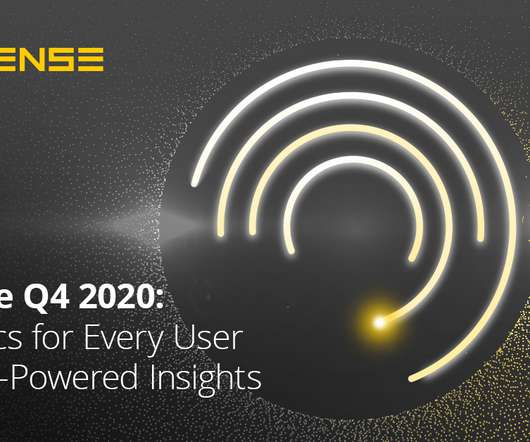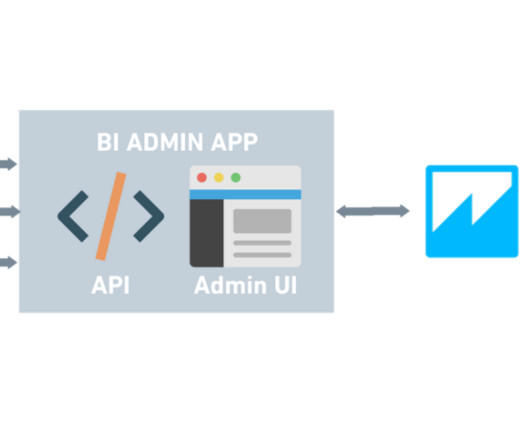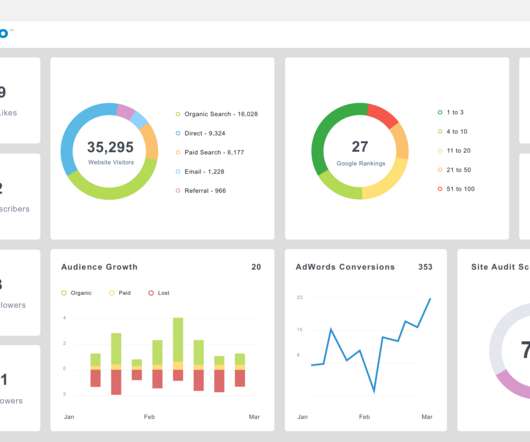Sisense Q4 2020: Analytics for Every User With AI-Powered Insights
Sisense
DECEMBER 16, 2020
Often, to find those types of insights, you slice, dice, and filter. As another example, if your sales went up by 10%, Sisense might explain that the increase was attributable to both a specific product category and a certain age group of customer with a visual display of the breakdown.














Let's personalize your content